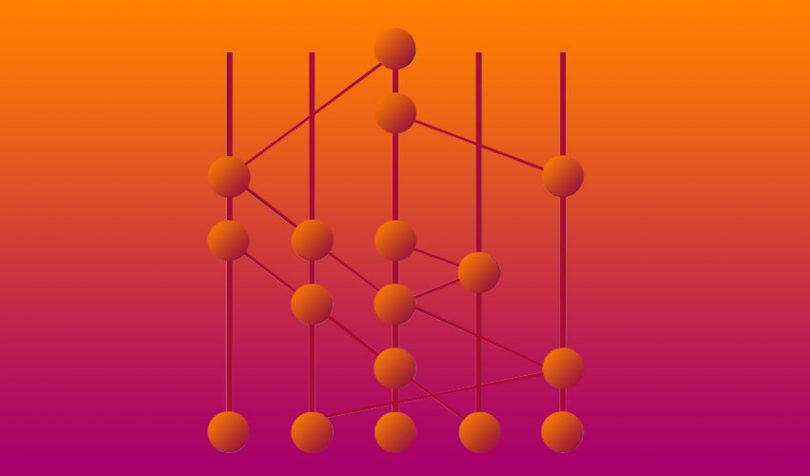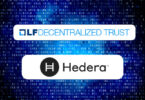Hedera Hashgraph, the public permissioned distributed ledger, has announced that IBM and Tata Communications are joining its governance council. The first five external corporate members announced six months ago were Deutsche Telekom, DLA Piper, retailer Magazine Luiza, Nomura, and Swisscom Blockchain AG. At that time, we explored its governance.
The platform aims to have 39 corporate governance council members representing 18 industry sectors. Hedera, as its name implies, is not a blockchain. The hashgraph is a different kind of distributed ledger which Hedera claims can process hundreds of thousands of transactions per second. It aims to tackle many of the issues it sees with other public blockchains in the areas of performance, security, stability and governance.
“The addition of IBM and Tata Communications to the Hedera Governing Council is a powerful endorsement of the hashgraph consensus mechanism, and further decentralizes the governance of Hedera Hashgraph,” said Mance Harmon, CEO of Hedera Hashgraph.
To date, Hedera has raised $124 million by targeting institutions and high net worth individuals with its tokens. The network entered its test phase in December last year.
IBM’s blockchain technologies
IBM is known as one of the leading developers of open-source Hyperledger Fabric. But it also runs projects on Hyperledger Indy or the Sovrin network for identity. And its IBM World Wire payments system is built on Stellar technology. So this isn’t the first non-Fabric distributed ledger technology (DLT).
“We are excited to join the Hedera Governing Council and explore relationships between public networks and industry-specific networks,” said Jerry Cuomo, VP of Blockchain Technologies at IBM. “We believe Hedera could help provide an interesting way to enhance and simplify the deployment of Hyperledger Fabric in the enterprise, making it easier for groups to build and grow their networks.”
Hyperledger Fabric wasn’t originally designed for interoperability between different networks. There are interoperability solutions, but they aren’t optimal. We speculate that Hashgraph might be used as such a solution.
Ringing endorsement?
Hedera Hashgraph is novel in several ways. The vast majority of blockchains and DLTs are based on open source code. In contrast, Hedera Hashgraph’s code is proprietary and owned by Swirlds. Additionally, the source code will only be available for review after the network is available for open access. However, we find it hard to believe that either IBM or Tata would sign up without reviewing the code. If they have examined the underlying software, that’s an even bigger endorsement.






